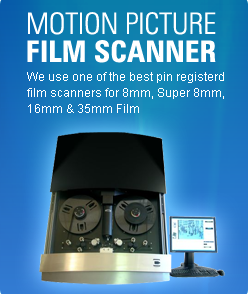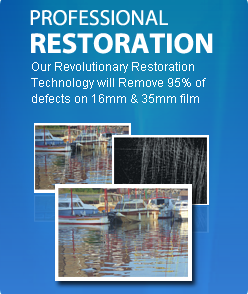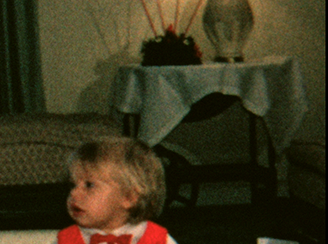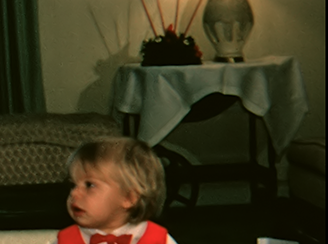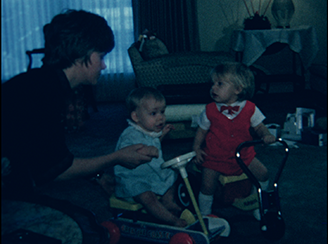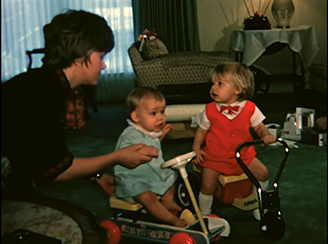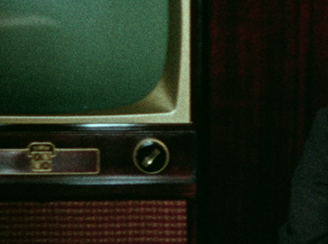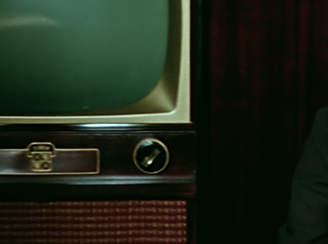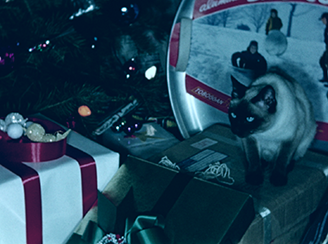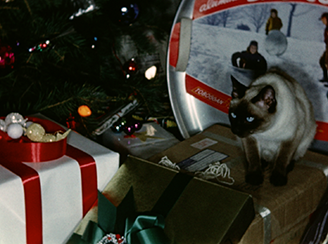
Pro Hollywood Restoration Sheridan
We offer 3 restoration options. Color Correction, Grain Elimination and Stabilization Technology.
About 90% of our Sheridan customers want the color correction and about 75% do the grain elimination. We do also offer image stabilization. It adds a nice touch to those old home movies.
Color correction is very important for amateur film because we will be able to recover more footage that was shot too dark or has darkened as part of the aging process. The scanner monitors the light and color balance and will change it based on pre-determined algorithms. This means it will pump more light through film that is dark and it will back off on film that is too bright. This will allow us to recover footage that would normally be too dark or too light. In addition, after the scan, an editor will go through the footage looking at skin tone and things like the color of the sky to order to make sure it looks correct. You can see in the examples below how much better the images look with our 2 pass color correction.
Grain is on all film. Look at the "Before" picture below compared to the "After" picture. These little dots muddy up the image and take away from the content you care most about. Now, look at the After picture on the right. This is what you really want to see. We do recommend Grain Elimination on all film for our Sheridan customers.
Most amateur films have some stabilization issues just because of the way the film was shot. But, most people are used to seeing this on old movie film (See example video clip below). So, we see stabilization as a nice to have but not required. If you can afford to do it then we would recommend it. If it pushes you outside your budget then we would just recommend the Grain Elimination technology.
Super 8 Film Examples Sheridan
|
|
Before |
After |
|
|
|
|
Before |
After |
16mm Film Examples
|
|
Before |
After |
|
|
|
|
16mm Before |
16mm After |
Sheridan Fun Facts: Sheridan, Wyoming, in Sheridan county, is 102 miles SE of Billings, Montana and 364 miles N of Denver, Colorado. The city’s population is 15,804. Sheridan, Wyoming, in Sheridan county, is 102 miles SE of Billings, Montana and 364 miles N of Denver, Colorado. The city’s population is 15,804.
Wyoming Fun Facts: Today, although it is the 10th largest state by area, Wyoming has the smallest population of all the states, with just over 550,000 residents.The state is home to most of Yellowstone National Park, one of the most popular national parks in the country. Millions of touristsvisit Wyomingevery year to seethe geyser Old Faithful and the Grand Prismatic Spring, the largest hot spring in the country, as well as a variety of wildlife including moose, elk, bighorn sheep, wolves, coyotes, eagles, black bears and grizzly bears. Wyoming became the 44th state to join the union in 1890. Wyoming was the first U.S.
